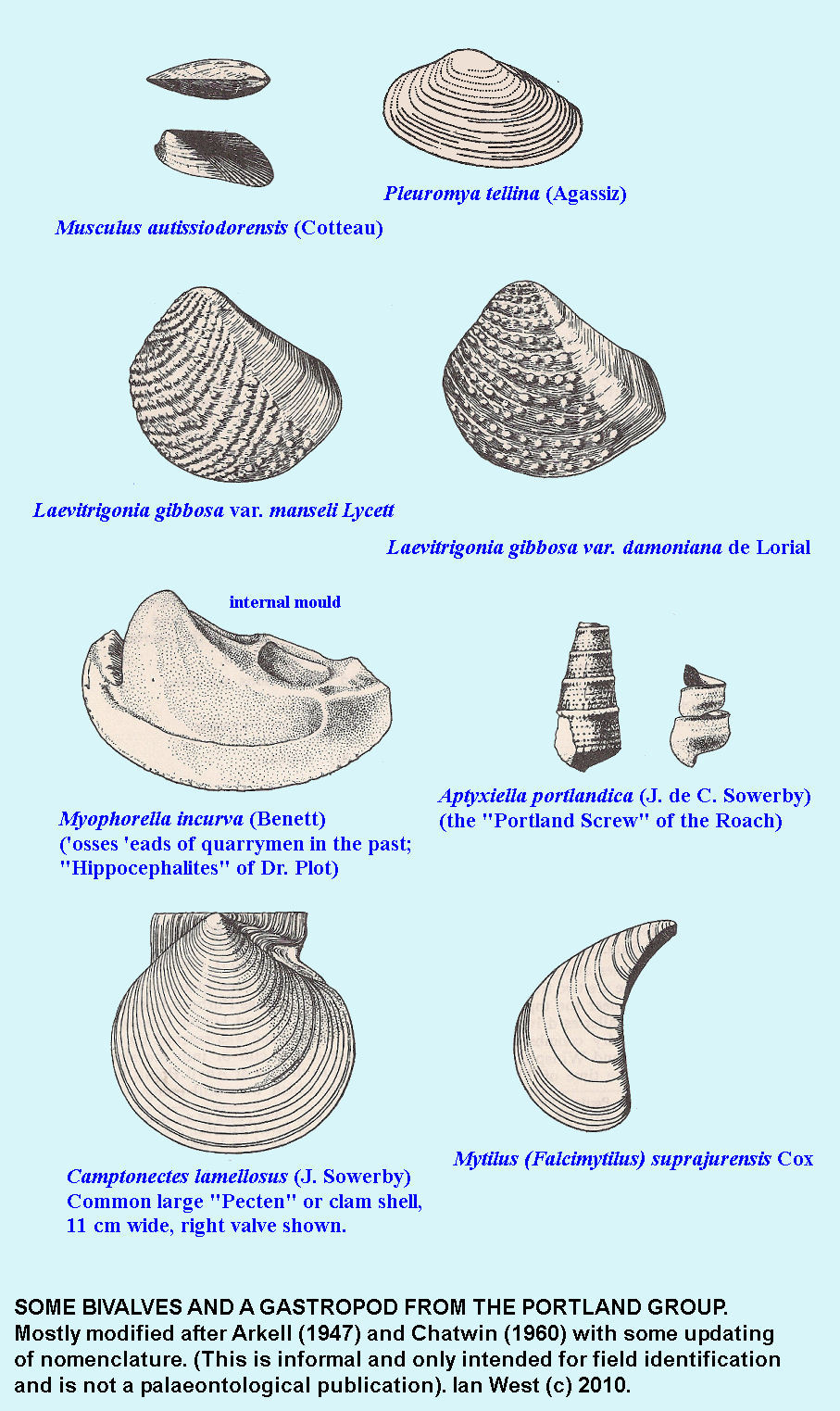Church Micro 11909... Weymouth St Mary’s
St Mary’s church is an active Church of England church, which is mostly built with Portland Stone.
There had been two previous churches at this location, dating back as far as 1299
However, we are going to be looking for something much older!
The previous church was demolished in 1815 allowing work to commence on the current building. This new church was completed in 1817 and saw major restoration in 1922
The church as mentioned is built with Portland Stone.
Portland Stone
Portland Stone is a limestone from the Jurassic period, and is quarried just a few miles away in, yes you guessed it, The Isle of Portland!
This Stone has also been used for buildings such as St Paul’s Cathedral and Buckingham Palace in London.
Portland Stone formed in a shallow, warm, sub-tropical sea. Warm sea water has a reduced capacity to hold gases, and consequently CO2 is released into the atmosphere. Calcium and bicarbonate ions combine to form Calcium Carbonate.
Portland Stone is famed for its fossils within the stone. Here at the church we have some examples to look at
Fossils in the Wall
To the left of the door and notice board on the pillar there is a fossil clearly visible. Please have a look at it.
Also on the far right pillar there are two fossils visible, one is semi-circular, the other longer and vertical.
Some methods which fossils are created...
Freezing
Freezing is a type of preservation in which an animal falls into a crevasse or pit and remains frozen.
Simple Burial
Shells and plant remains often lie in the ground without much change. Cones, stems, stumps, and fern roots in peat bogs have been known to exist up to 40 million years with little change, except for some discoloration and slight decay.
Imprints
Imprints are simply the external molds of very thin organisms, such as leaves and trilobites. They are often found in rocks.
Drying or Dessication
Remains of animals that have been thoroughly dried out and can be found in caves in arid and semi-arid areas.
Replacement
Replacement takes place when water dissolves the original hard parts and replaces them with mineral matter. This chemical action may take place slowly, over thousnads of years, reproducing the microscopic structures of the original organism. Bone, shells and wood are often well preserved in this manner.
Perimineralization
Permineralization takes place when ground water carrying dissolved minerals infiltrates the microscopic pores and cavities in bone, wood or shell. The minerals being deposited produce stony fossils that still contain a good deal of their original solid material. Bones, teeth and many marine organisms are preserved in this way.
Pseudofossils (not fossils)
Many objects of inorganic origin can resemble fossils. These are called pseudofossils. Hardened masses of mineral substances called concretions are often mistaken for fossils. These can sometimes resemble plants and animals.

Questions to answer
Please answer the below Questions and send to me through either email or message, (link at top of the cache page) please then once you have sent answers log your find, I will reply to all I receive and confirm you're correctness!
1. Describe the three fossils in the wall. (Colour, texture, size, shapes?)
2. What animal or animals do you think they were? (from above image)
3. What method (from above list) do you think caused these fossils?
4. How old do you think these fossils are?
****************** ********************
For full information on how you can expand the Church Micro series by sadexploration please read the Place your own Church Micro page before you contact him at churchmicro.co.uk
See also the Church Micro Statistics and Home pages for further information about the series.
****************** *******************